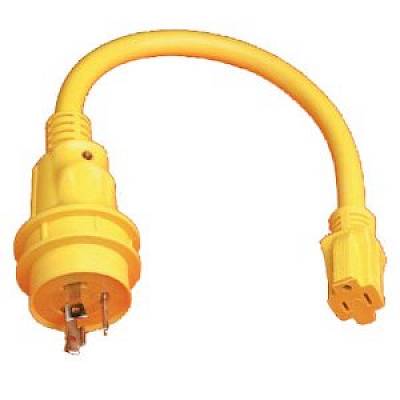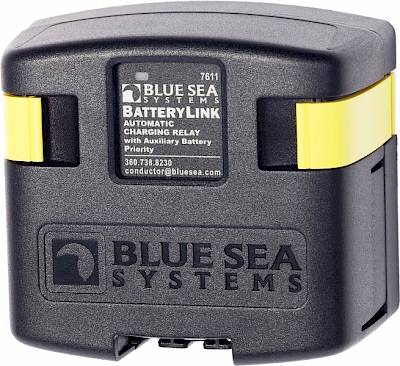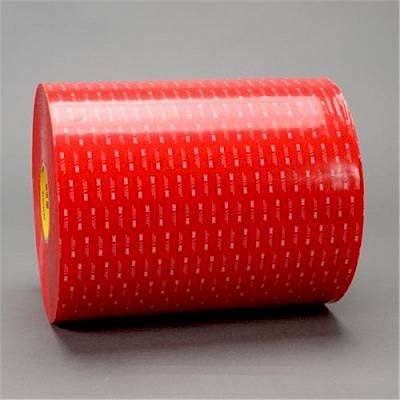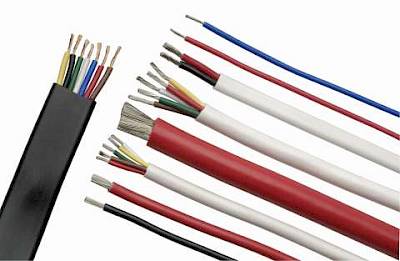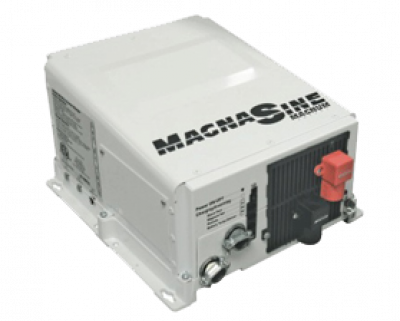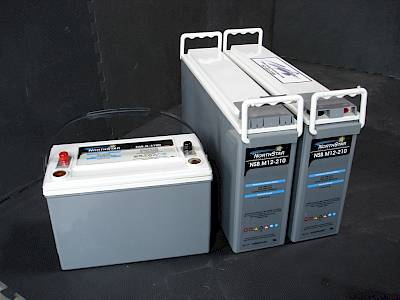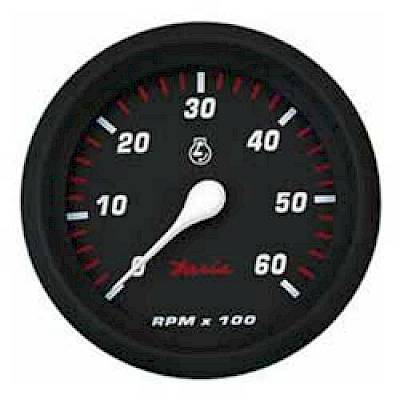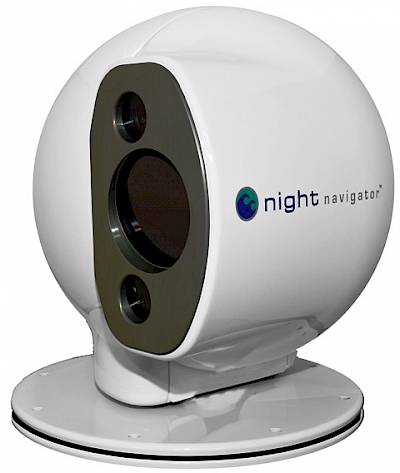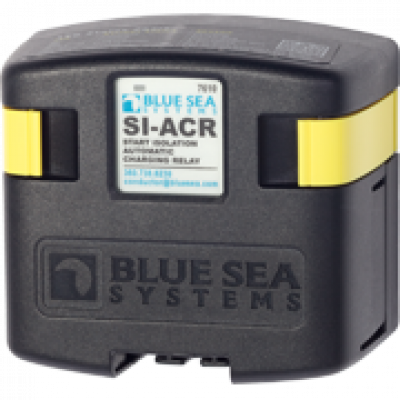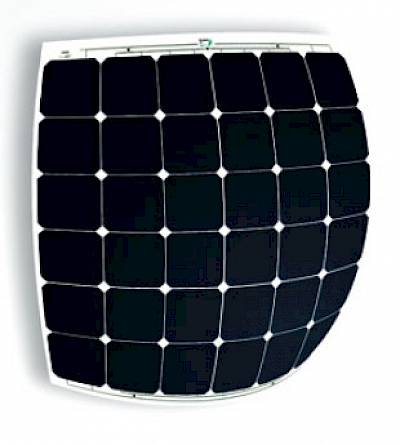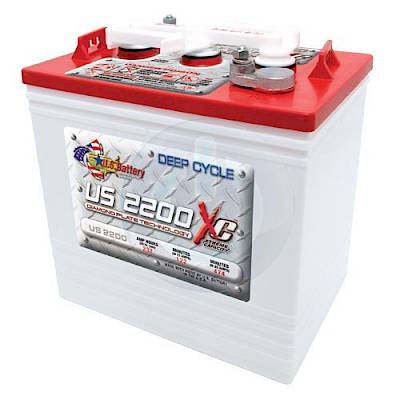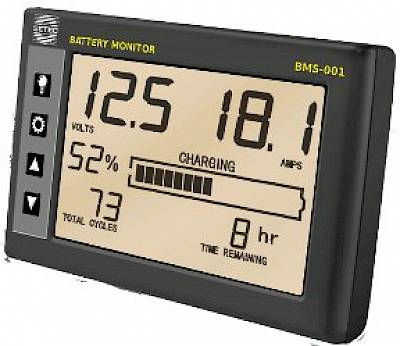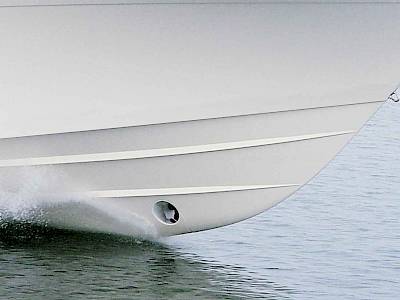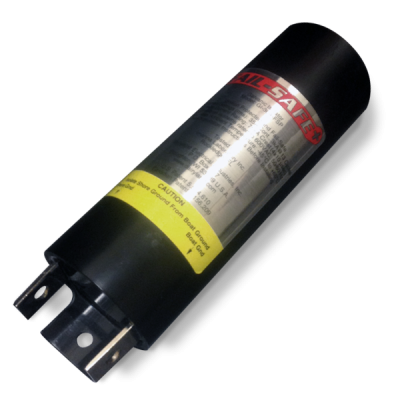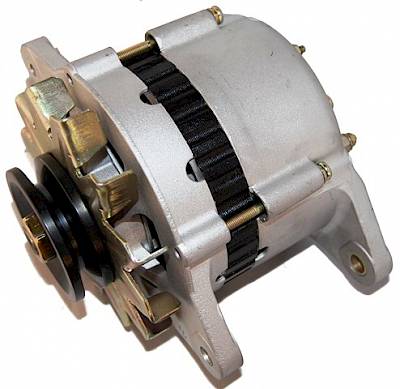
Thermal vs. Magnetic Circuit Breakers
Thermal circuit breakers respond to over-current situations, as their name implies, by the circuit generating an inordinate amount of heat causing the bimetal contacts inside the breaker to disengage due to unequal expansion. A magnetic circuit breaker responds to over-current situations by a loading coil inside the breaker lifting the contacts apart when the current flow through the coil is sufficient to overcome the spring force holding the contacts together. The mechanism that trips the breaker with the magnetic breaker is more responsive to excessive current flow, while the thermal responds to heat, which is only indirectly related to current flow. Under normal operating conditions both types are responsive to over-current events.
Thermal circuit breakers are commonly available as both ignition protected and waterproof, which in some circumstances could be a deciding factor if choosing between the two types. Thermal circuit breakers are also available as self-resetting, which in some unusual circumstances could also be a deciding factor.
Magnetic circuit breakers have slightly higher interrupt capacity when running DC loads, and some are also rated for either AC or DC currents.
Related Content





